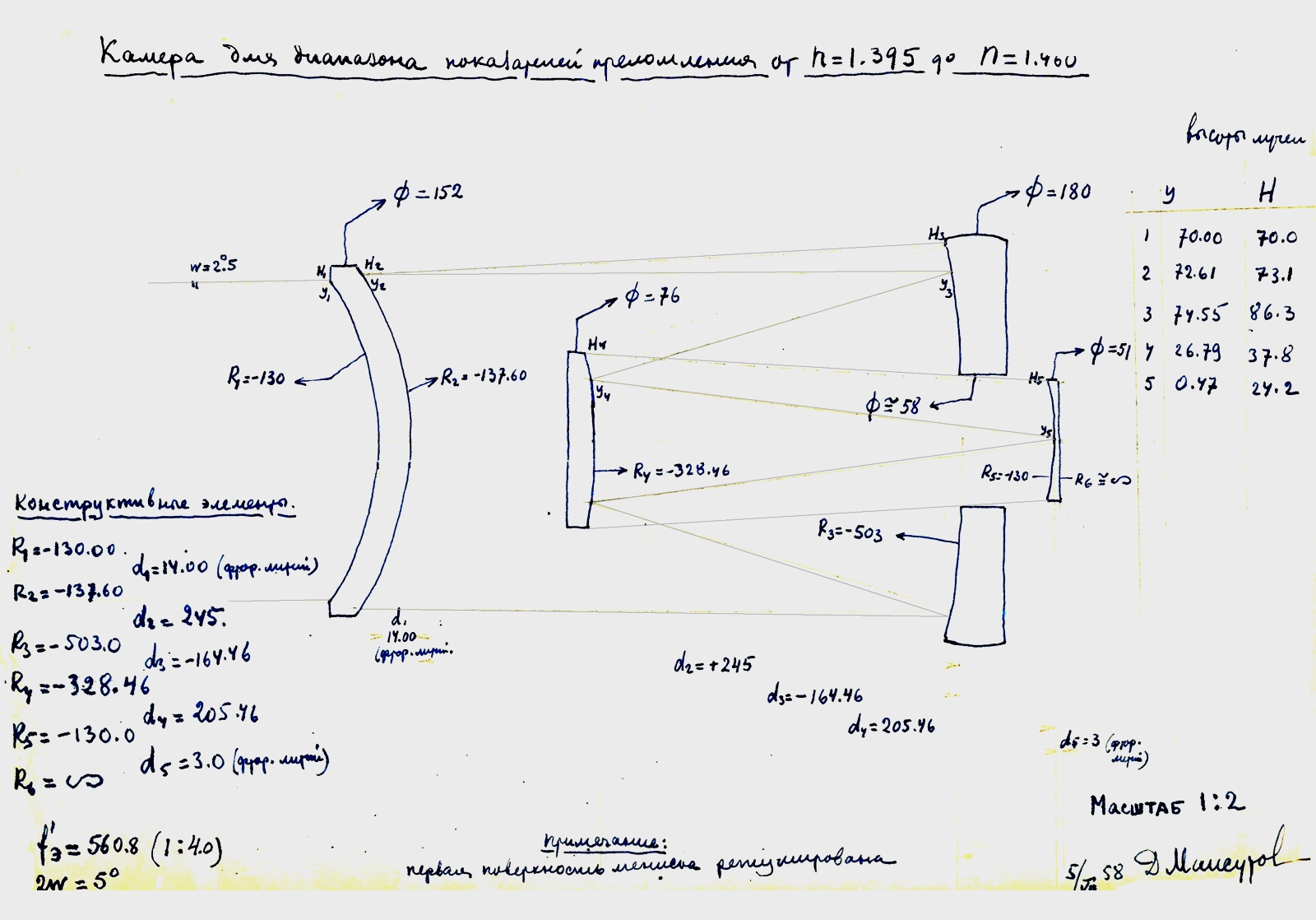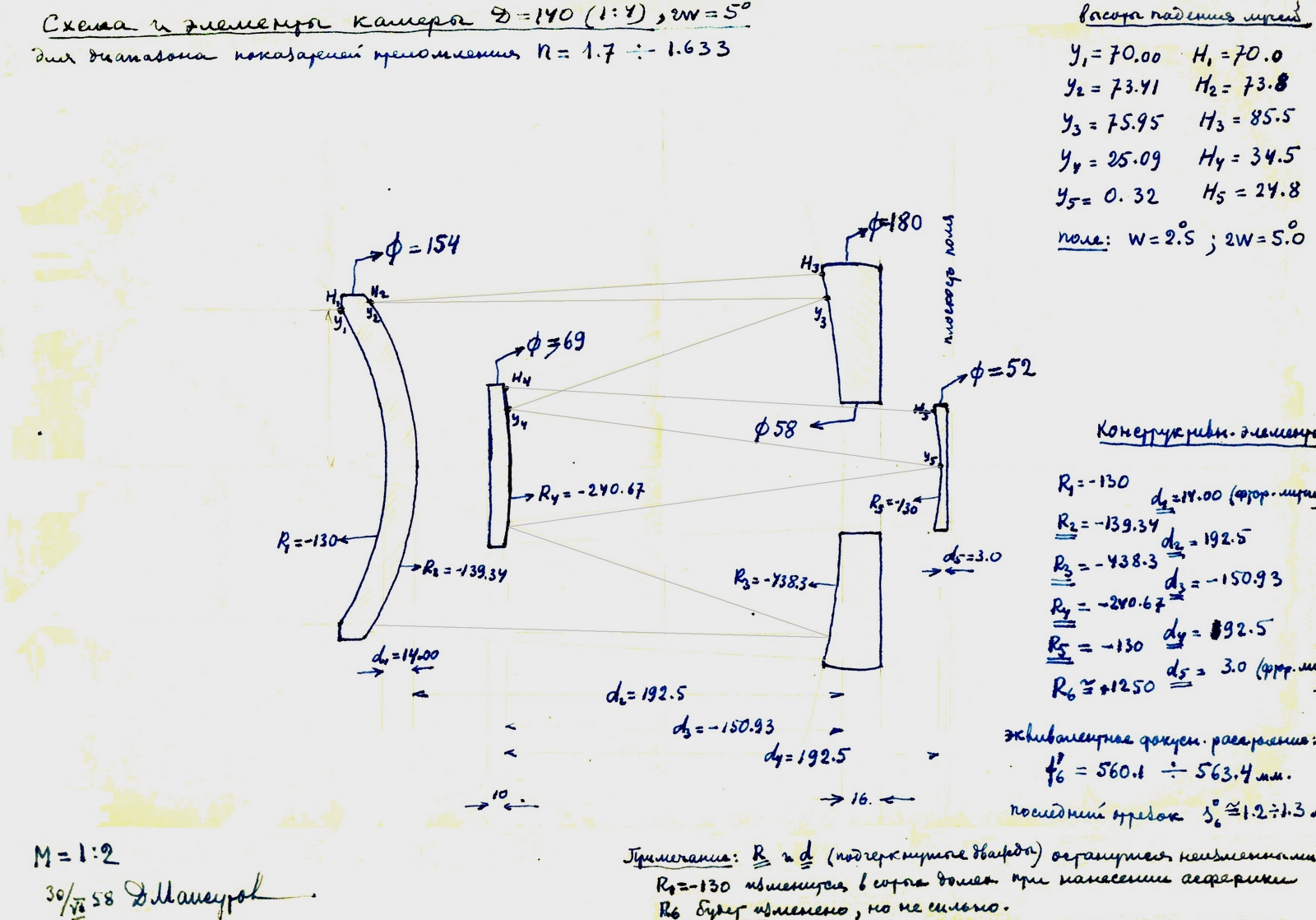|
In 1961, at TsKB Foton (KOMZ), together with TsSKB Progress, work began on the astrophysical satellite PROCION, the scientific director of which was Grigor A. Gurzadyan. In 1964, a government decree was adopted on the creation of the astrophysical satellite Procyon. |
Scientific program
|
Photographing individual areas of the sky (galaxies, star clusters, nebulae) in the following ranges: Lyman alpha (1216 A), 2000-2500 A, 2500-3000 A, 3000-3600 A, 3600-5000 A.
|
Complete set of scientific instruments of one of the satellite variants
| Meniscus telescope A, D250, 1:4, 2W = 5°, | GA0, П/Я 157 | Draft design | |
| Meniscus telescope B, D250, 1:4, 2W = 5°, | GA0, П/Я 157 | Draft design | |
| Lyman alpha camera for the Sun, D100, 1:8, | BAO, GOMZ | Technical project | |
| Coronal spectrograph, 900 -1800 А, | BAO, GOMZ | Technical project | |
| Solar spectrograph, 500 -1300 А, | BAO, GOMZ | Technical project | |
| X-ray cameras for the Sun, 16 шт. 500 мм, | BAO, GOMZ | Technical project | |
| Double star electrophotometer | BAO, GOMZ | Technical project | |
| Shortwave coronagraph, D40, 1:10, | BAO, GOMZ | Draft design. |
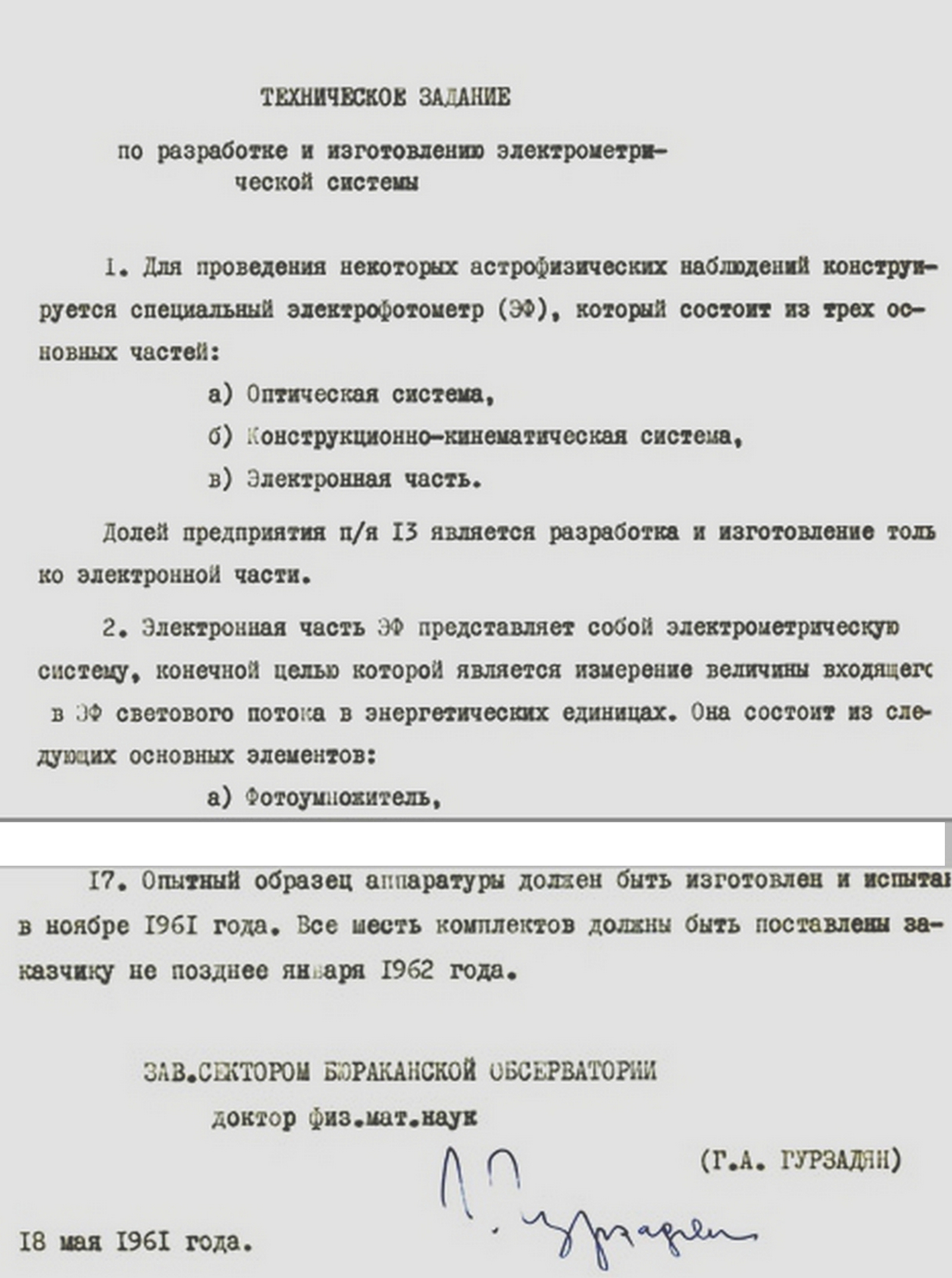 |
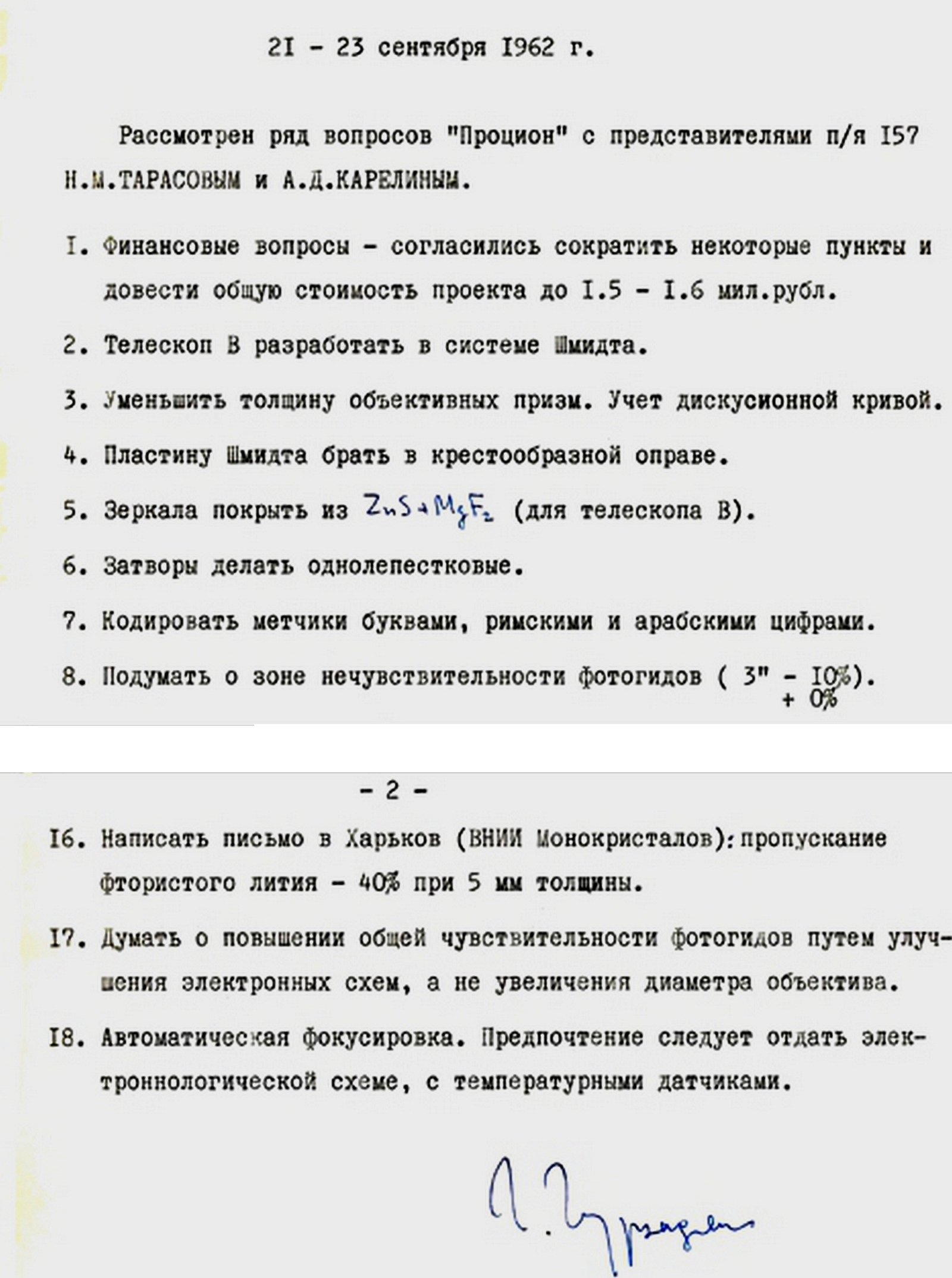 |
||
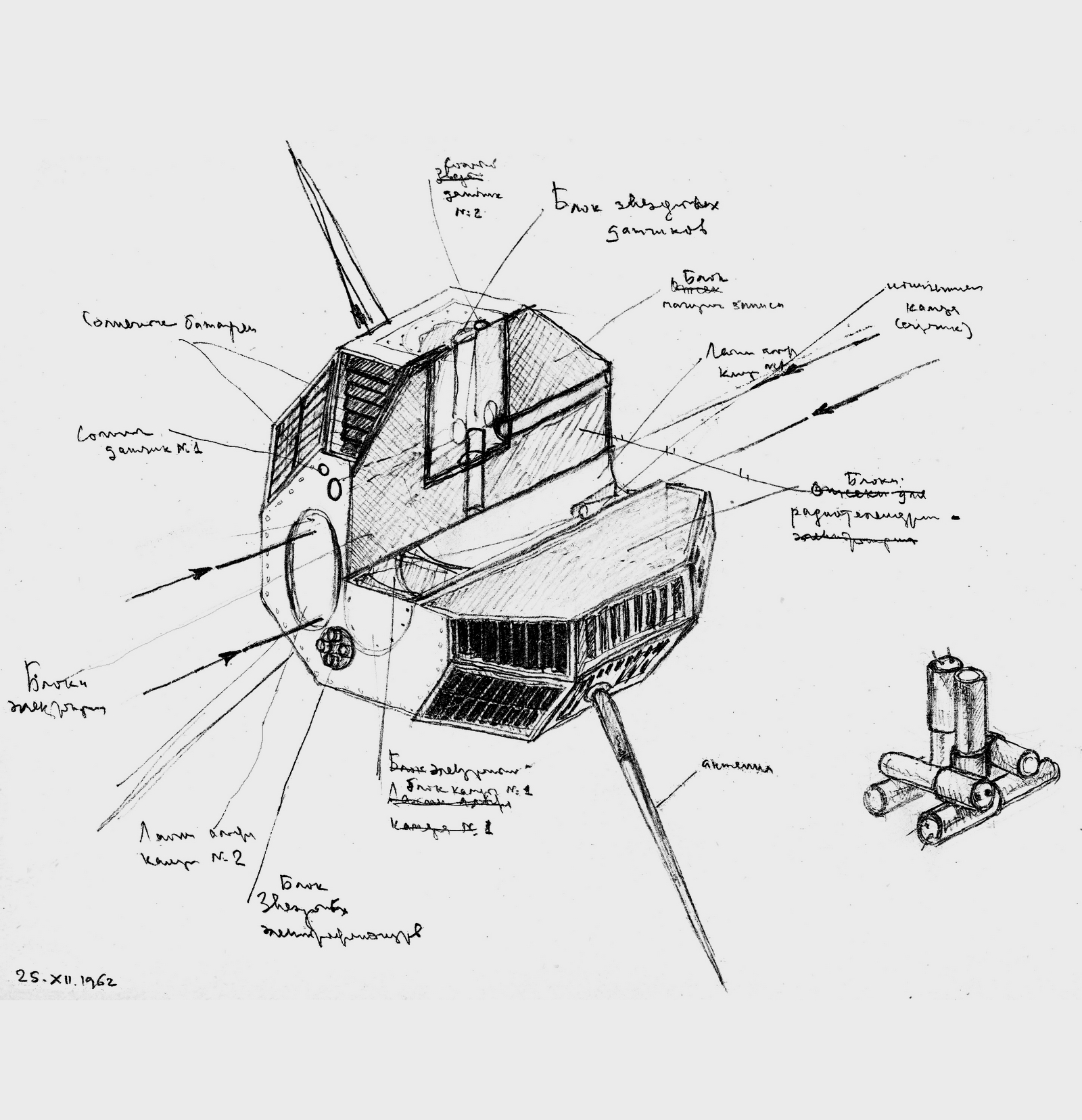 |
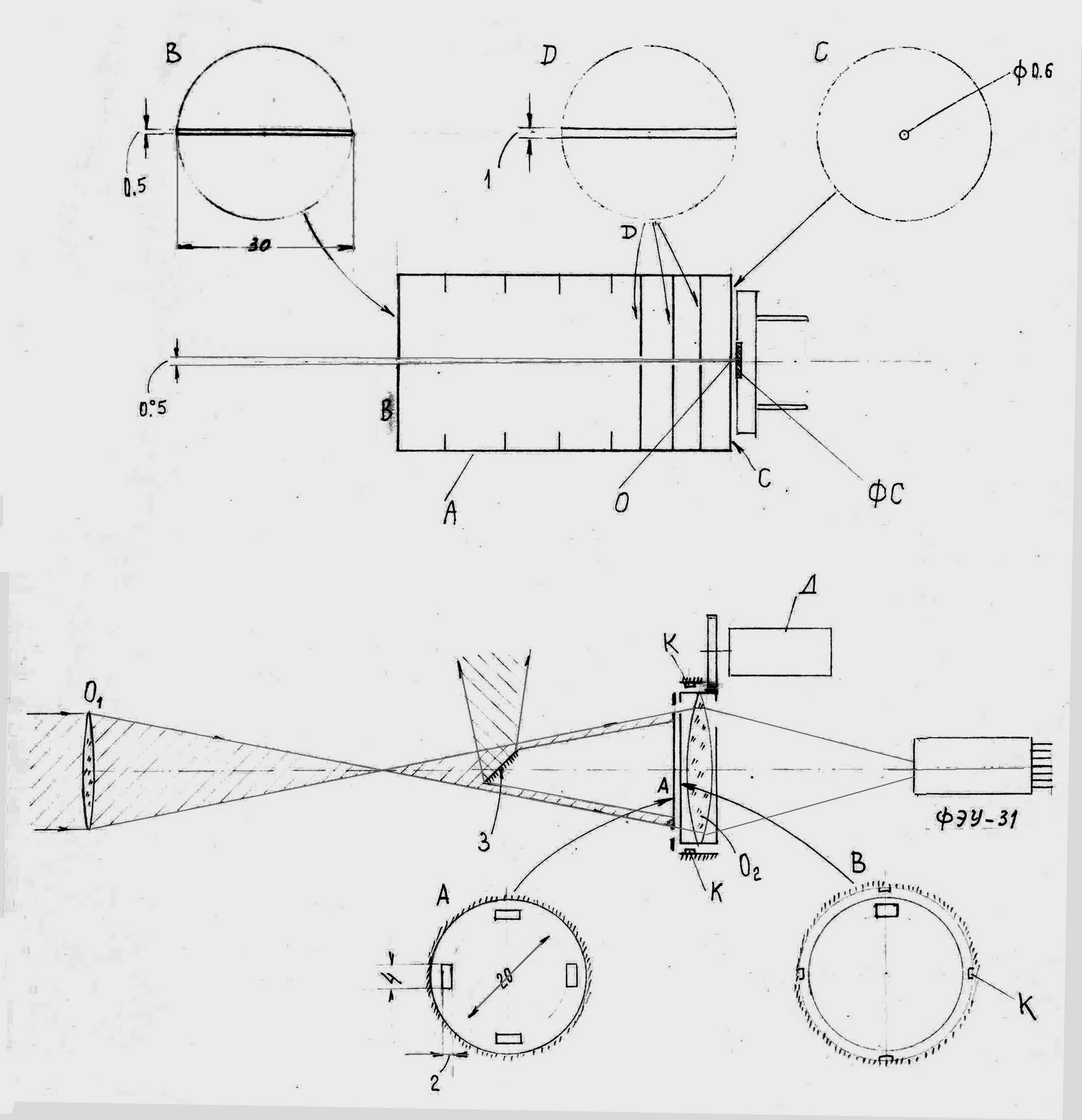 |
||
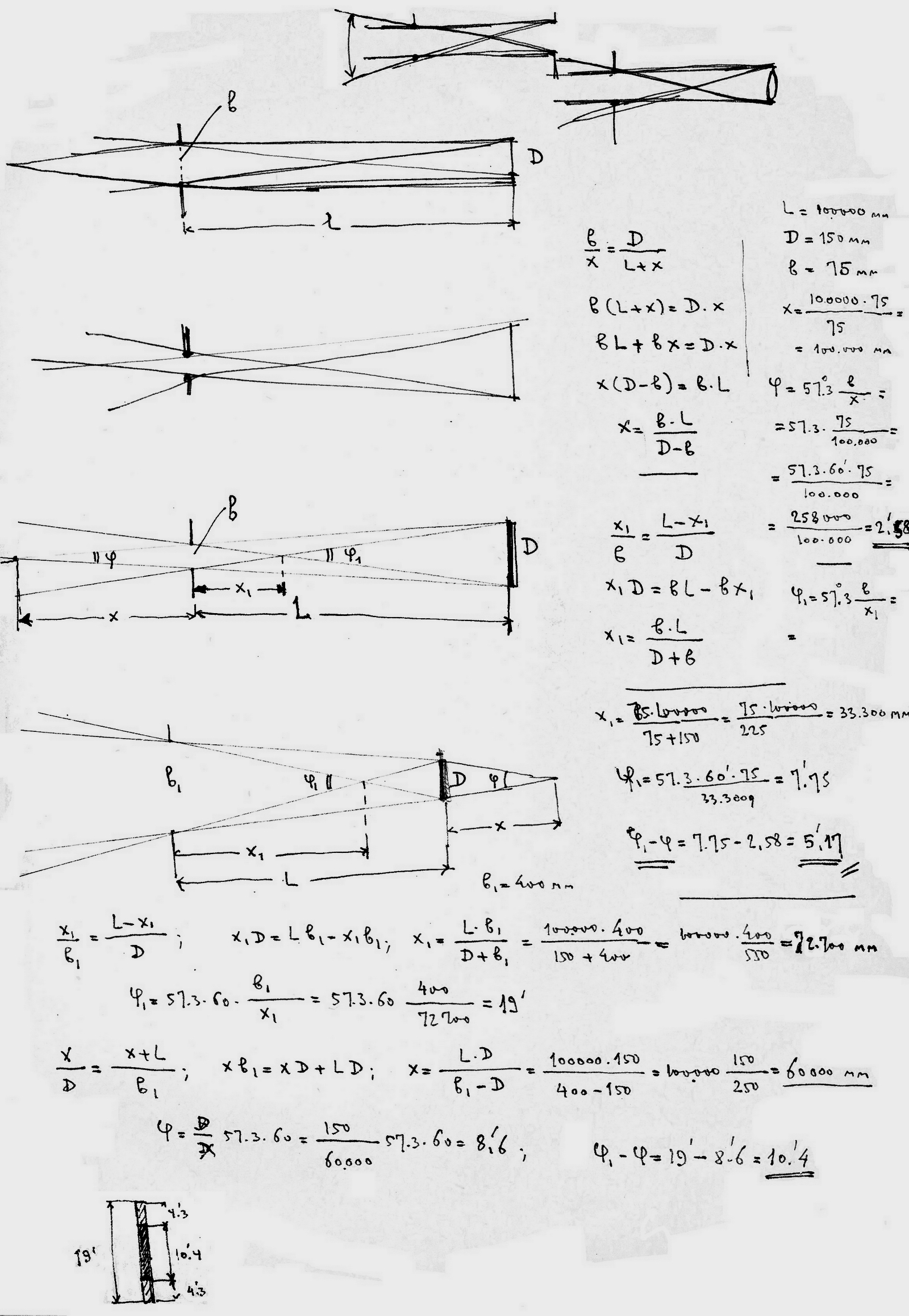 |
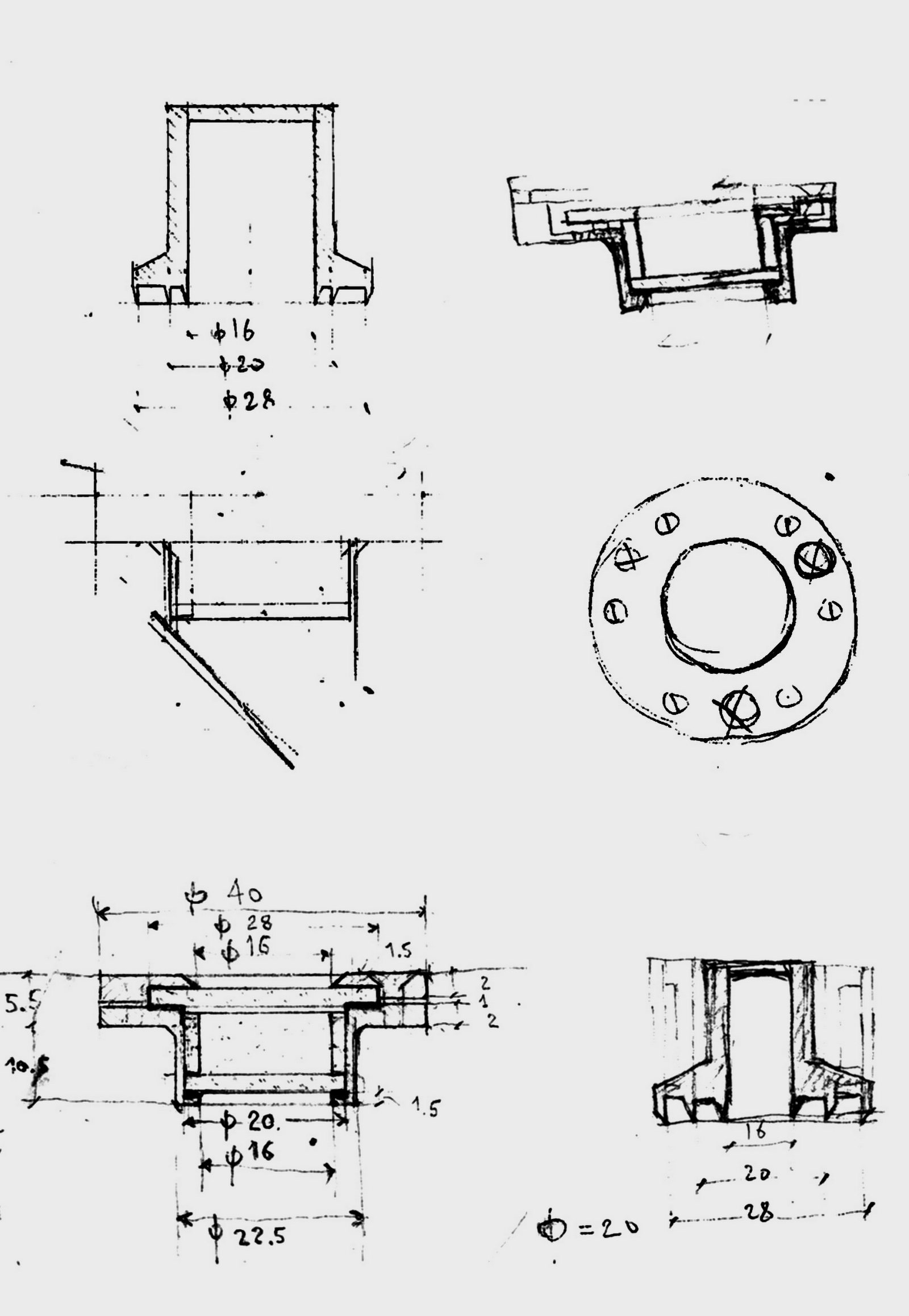 |
|
From the “History of TsSKB” (TsSKB Progress, Samara) – source:
|
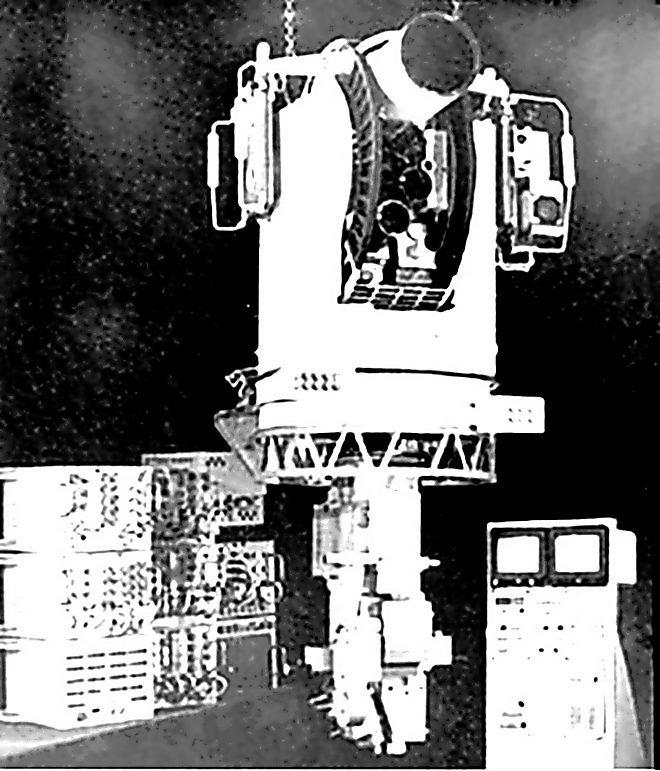 The Procyon project was not completed for a number of reasons, but a flight experiment called Kamerton to test a precision orientation system was carried out in 1969 on the Kosmos-309 satellite, on which an additional payload was installed – an autonomous satellite (container) ZKS Nauka. A small telescope and photo guides were installed in the container, which were supposed to stabilize the entire apparatus according to the stars.
The Procyon project was not completed for a number of reasons, but a flight experiment called Kamerton to test a precision orientation system was carried out in 1969 on the Kosmos-309 satellite, on which an additional payload was installed – an autonomous satellite (container) ZKS Nauka. A small telescope and photo guides were installed in the container, which were supposed to stabilize the entire apparatus according to the stars.
On November 12, 1969, the Voskhod 11A57 launch vehicle was launched from the Plesetsk cosmodrome, which launched the Kosmos-309 optical reconnaissance satellite (04223 / 1969098A) into low-Earth orbit. The Zenit-2 type spacecraft (No. 80) was launched into orbit with the following parameters: orbital inclination – 65.4 degrees; circulation period – 90.1 minutes; minimum distance from the Earth’s surface (at perigee) – 203 km; the maximum distance from the Earth’s surface (at apogee) is 384 km.
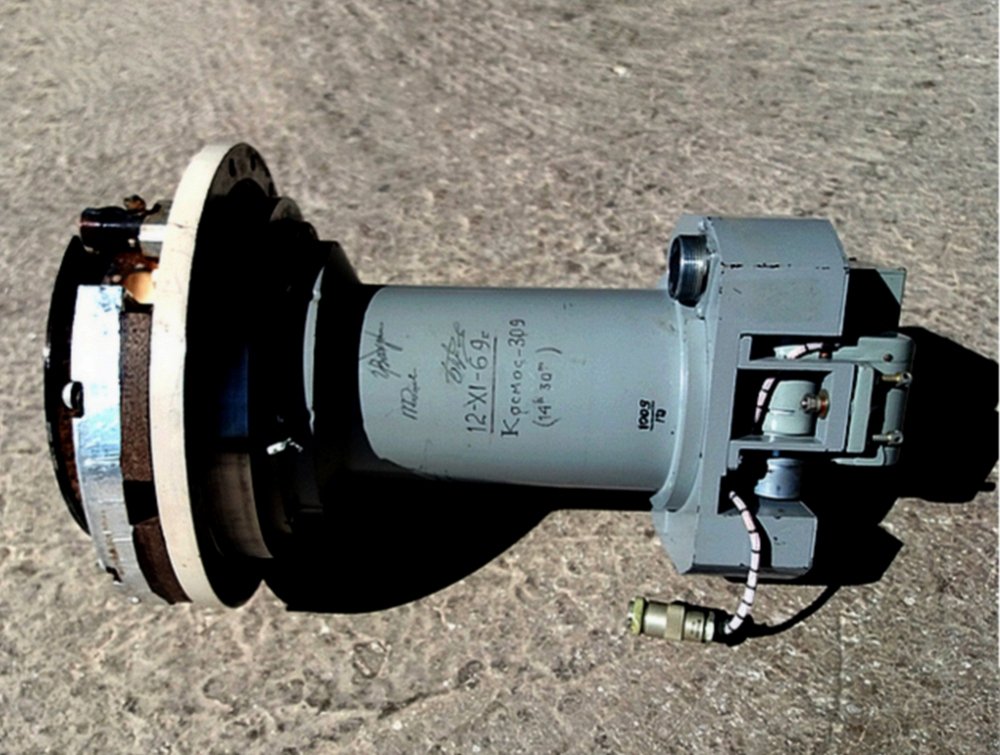
A few days after the successful completion of the scientific program, an autonomous container with the results of experiments was undocked from the satellite and landed on Earth, which were transferred to the development group led by G. Gurzadyan. The satellite itself completed its work on November 20, 1969 and was lowered to Earth near the city of Tselinograd.
Subsequently, on the basis of Procyon, the Foton Central Design Bureau developed the ultraviolet telescope-spectrograph OTL-451 (Lyra), which, after minor modifications (installation of a pyro-lock to separate the photo cassette from the telescope after the end of the scientific program), was used as the main instrument of the Orion-2 astrophysical observatory. Later, this telescope was launched on one of the K-4 rocket observatories.
Kamerton star sensors were subsequently used in the configuration of the K-4 rocket observatory, as well as in the technological prototype of the Dragon-500 orbital observatory.
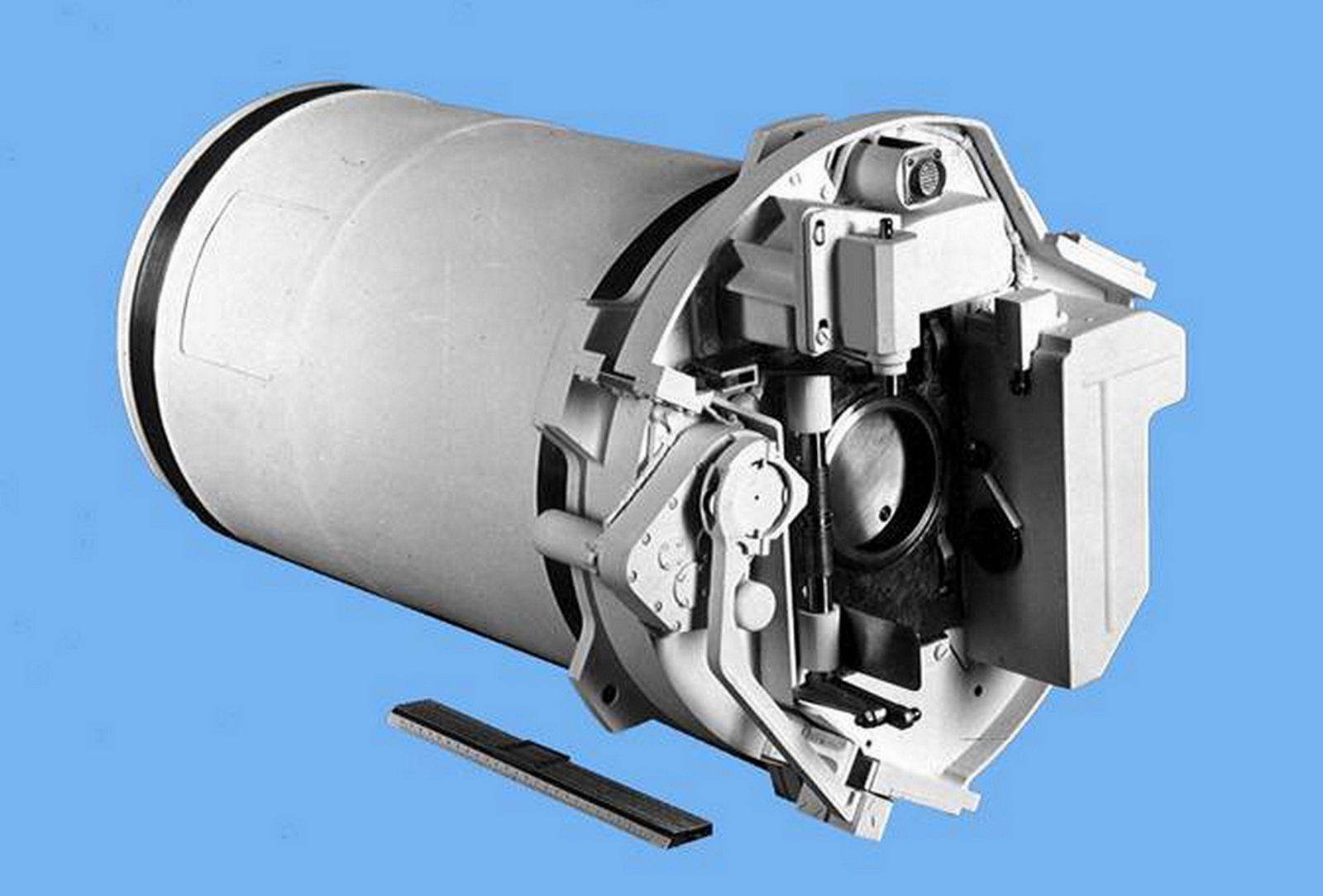 |
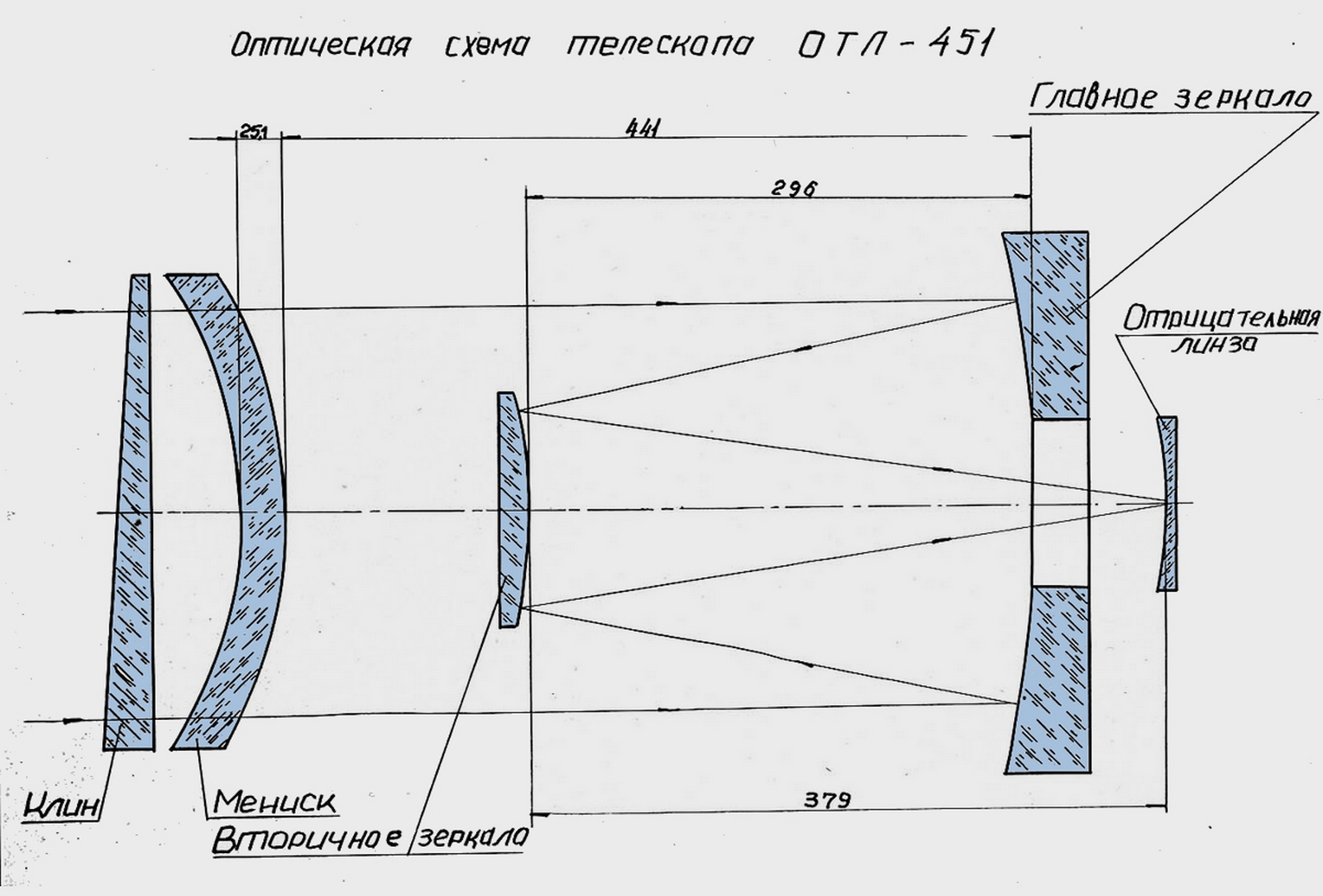 |
| Telescope OTL-451 with cassette removed | Optical design of the OTL-451 telescope, entrance diameter – 240 mm. |
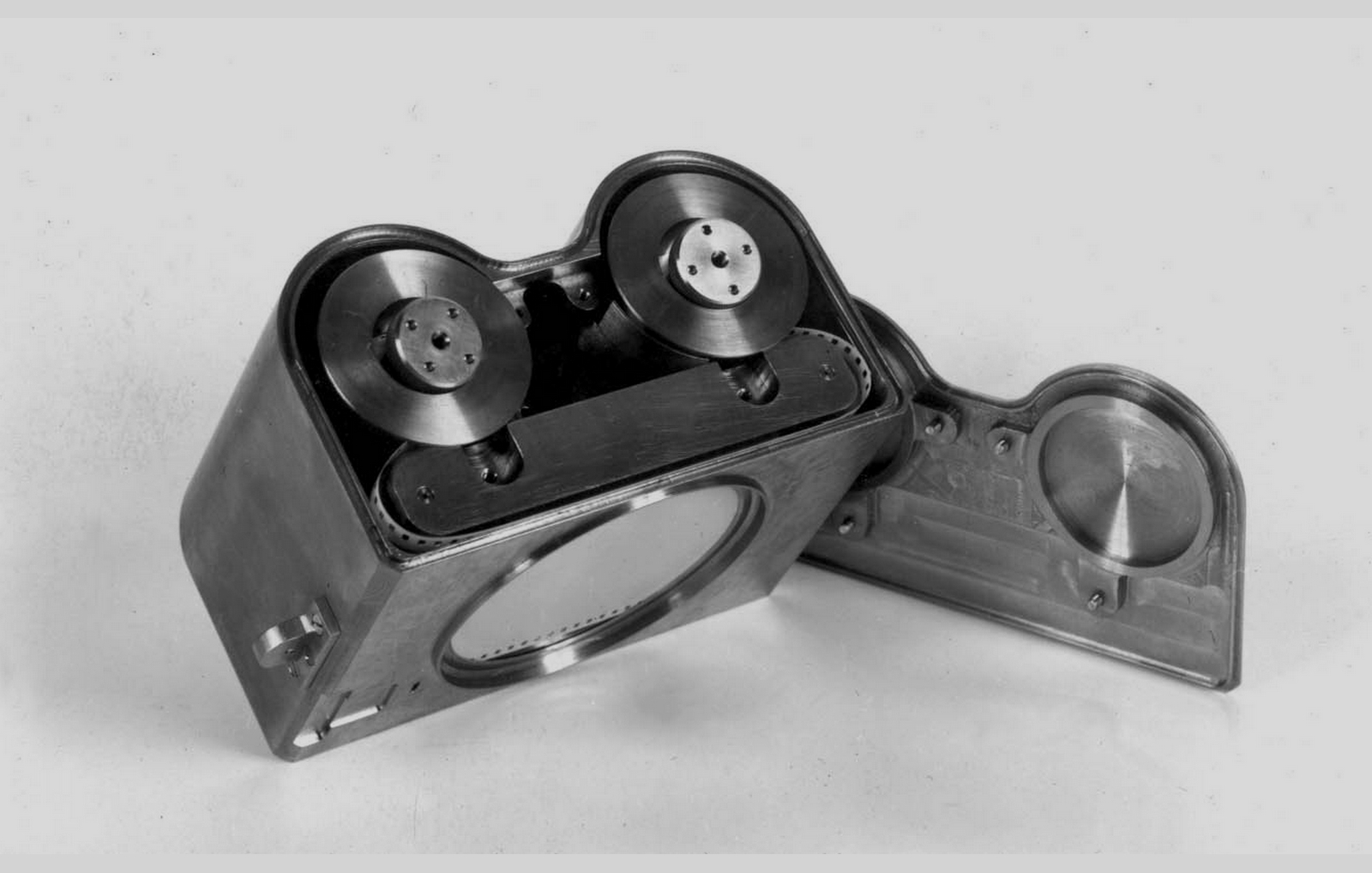 |
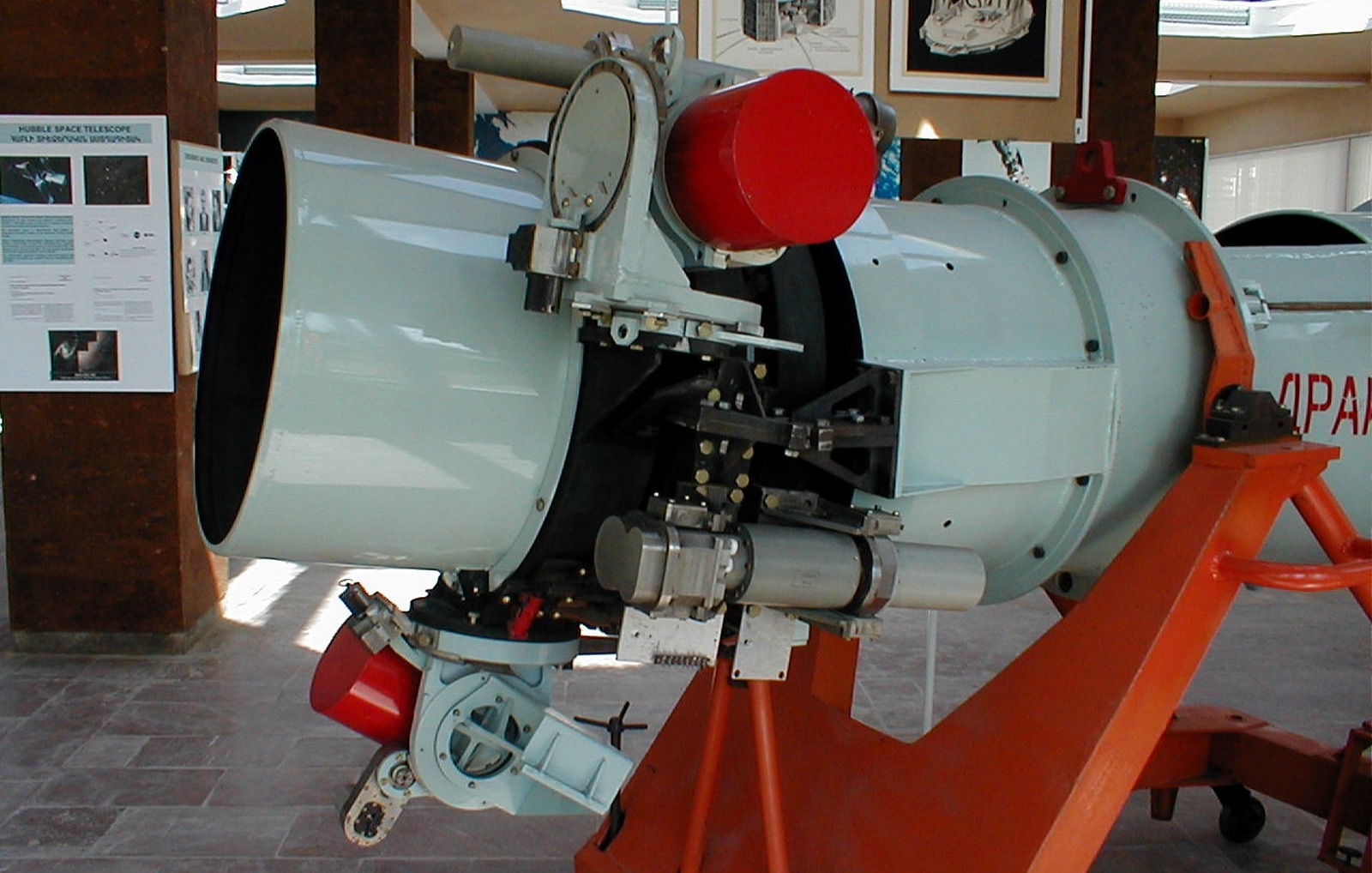 |
| Removable telescope cassette OTL-451 | Two star sensors KAMERTON (lenses covered with red covers) on the DRAGON-500 model |
Last Updated on 2025.01.10
